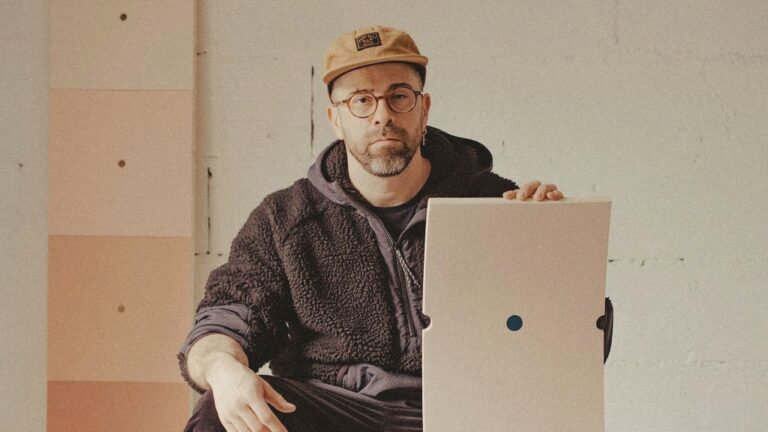
A Conversation with Alejandro Javaloyas
A Studio Visit During the La BIBI Residency
Serban Savu is a Romanian contemporary painter living and working in Cluj, Romania. Savu is known for his figuratively rendered paintings depicting the existence of Romanians today, marked by a strong sense of Socialist-Realism and the subtle presence of historical Realism with a Courbet-Manet feeling residing in his oeuvre.[1]
Born in 1978 in Sighișoara, Romania, Savu has been one of the leading figures since the remarkable rise of Romanian art and the Cluj contemporary art scene in the 00s. As a result, Serban Savu is one of the main representatives of the so-called Cluj School [of Painting] and is one of the leading painters alongside the likes of Adrian Ghenie, Mircea Suciu, Victor Man and Marius Bercea.[2]
One of the key characteristics of the Cluj School is its group dynamic created by the shared historical context of their generation functioning as a bounding factor in art history, but also in their subject matter. Many artists from the so-called Cluj School are influenced by growing up in the aftermath of the 1989 Romanian Revolution and Romania’s uneasy transition to a Post-Communist and Early-Capitalist entity.
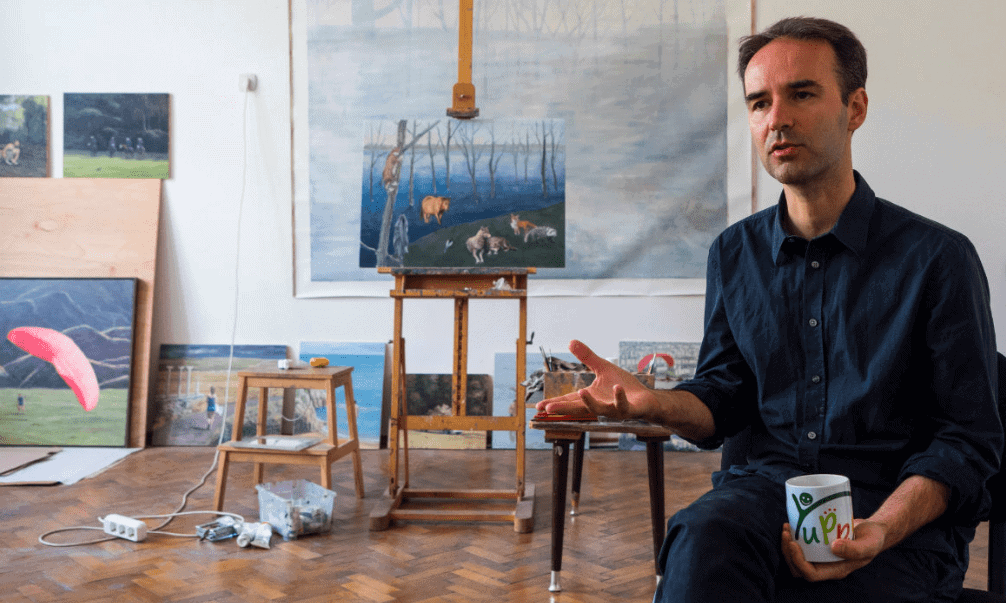
The works of Savu depict this uneasy transition in a romantic, yet melancholic manner. The Romanian painter documents the remains of the Communist era as traces of not only their history but also as a part of their identity and the complicated legacy for the new generation of Romanians. Abandoned factories, Communist structures or old cars are placed within in a set of contemporary Romania, where life seems to continue in different forms. Savu depicts people in a state of leisure, work, trouble, a socio-political crisis or sometimes in a romantic encounter. With every painting, the same sense of documenting reality is present, often using a bird’s eye view.
An uncanny element recurring throughout his oeuvre is the subtle and ingenious balance of humanity as a group and the continuous sentiment of solitude. The setting and the manner Savu depicts his scene indicates a very strong sense and expertise in not only Romanian history, but also in art history. Savu implements subtle art historical references in the poses of the figures or the environment in which he depicts his figures.
For instance, with The Thorn (2020) Savu combines the tearing down of the concrete building with a contemporary Romanian sitting in a classical pose of the Spinario, a bronze sculpture made by the Romans around the first century before Christ. Another example can be found with Bertha (2017), depicting a young girl reading a letter in a natural cave with her dog, escaping from daily life. The setting is a direct reference to the Saint Hieronymus in his cave, reading the Old Testament with his Lion, searching to be isolated from the world the get closer to God.
Serban Savu graduated from the University of Art and Design in Cluj-Napoca, Romania in 2001, followed by a two year postgraduate research grant Nicolae Iorga in Venice, Italy. Ever since, Savu has been exhibiting across the globe and is represented by industry leading galeries such as Galeria Plan B, David Nolan Gallery and Nicodim Gallery. The Romanian contemporary painter has participated in multiple biennials such as the third Mediterranean Biennale in Haifa, Israel; the Biennial of Young Artists in Bucharest, Romania; the third and fourth Prague Biennale in Prague, Czech Republic or the Art Encounter Biennial in Timisoara, Romania.
Further, Savu has had solo and group exhibitions at industry leading art galleries and major institutions such as the Samsung Museum of Art in Seoul, Korea; the Korea Foundation in Seoul, Korea; the Centre for Contemporary Art Ujazdowski Caste in Warsaw, Poland; the Luckman Fine Arts Complex i n Los Angeles, the United States of America; the Boulder Museum of Contemporary Art in Boulder, Colorado, the United States of America; the Espace Cultural Louis Vuitton in Paris, France; the Galerie Rudolfinum in Prague, Czech Republic; the ARKEN Museum of Modern Art in Ishøj, Denmark; the Belfort and Musée du Château des docs de Wurtemberg in Montbéliard, France; the MODEM Centre for Modern and Contemporary Art in Debrecen, Hungary; the Fandozione Nicola Del Roscio in Rome, Italy; the Centre Pompidou in Paris, France; Le Lait Centre d’Art Contemporain in Albi, France; the Museo Pietro Canonica a Villa Borghese in Rome, Italy; La Kunsthalle in Mulhouse, France and the Kunsthalle Bega in Timisoara, Romania.
Savu is collected by major public and private collections, including the Museum of Modern Art in Warsaw, Poland; the Hort Family Collection in New York, the United States of America; the Zabludowicz Collection in London, the United Kingdom; Sarvisalo collection in New York, the United States of America; the Dean Valentine and Amy Adelson Collectio n in Los Angeles, the United States of America or the Ambassador Nicholas Taubman and Mrs. Jenny Taubmann Collection in Roanoke, Virginia, the United States of America.[3]
For further reading on Serban Savu, we highly recommend the following books:
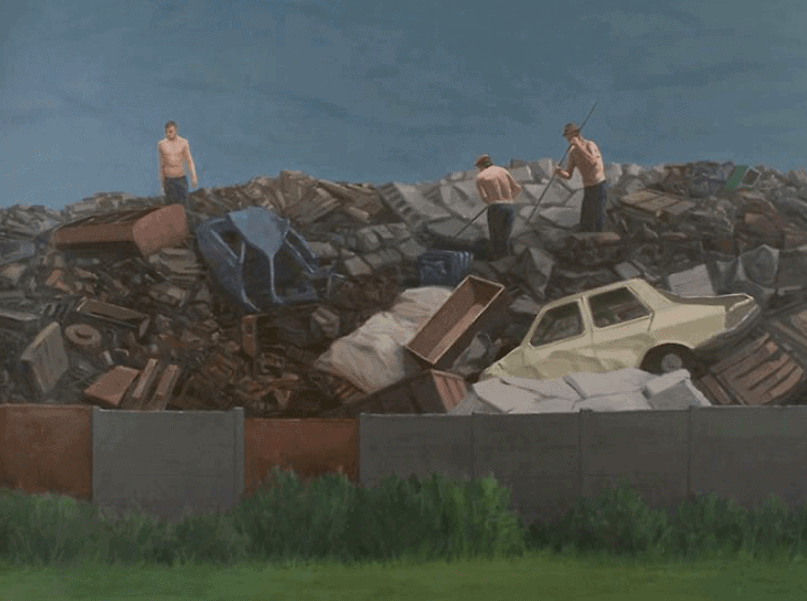
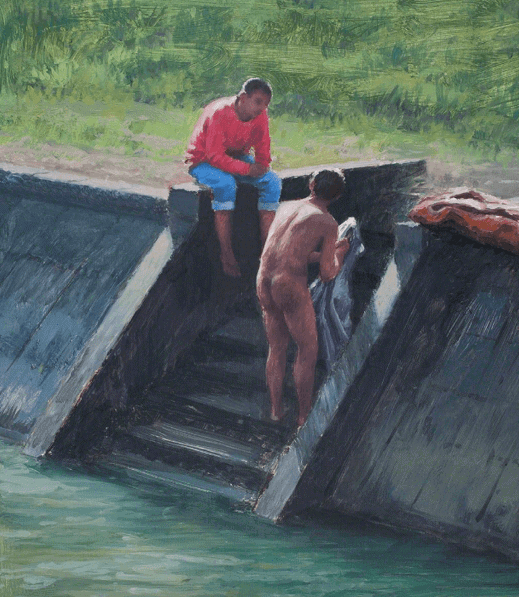
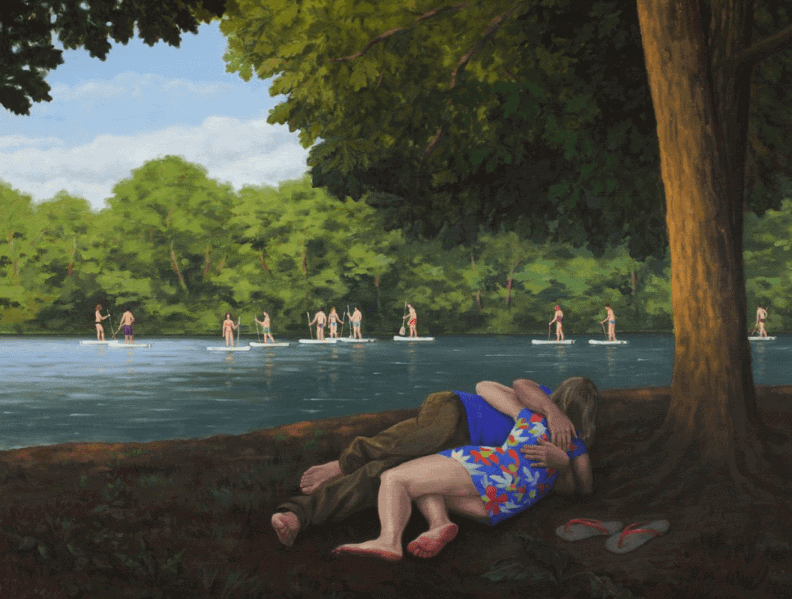
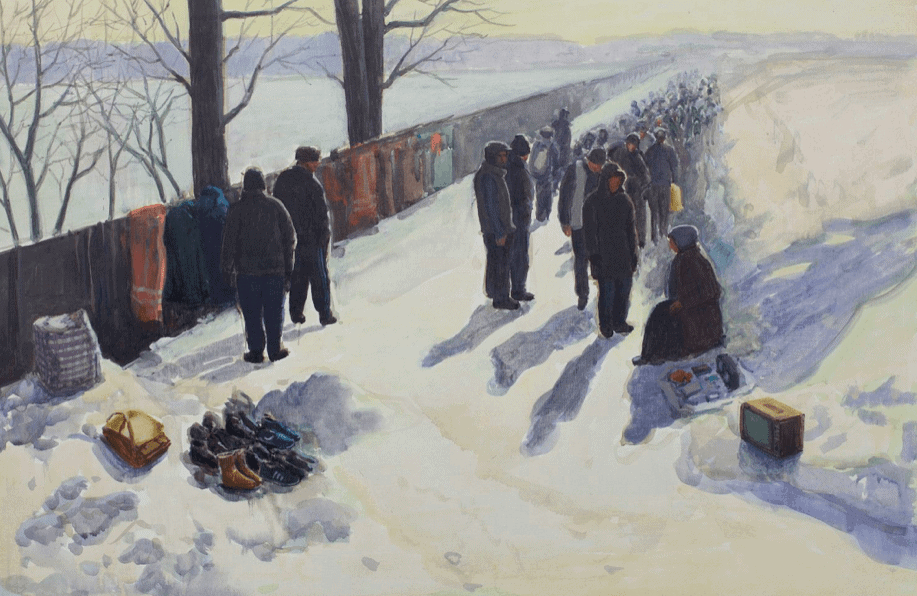
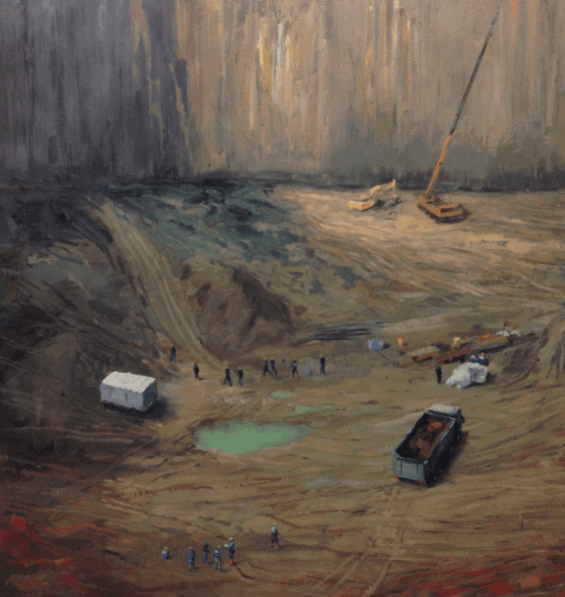
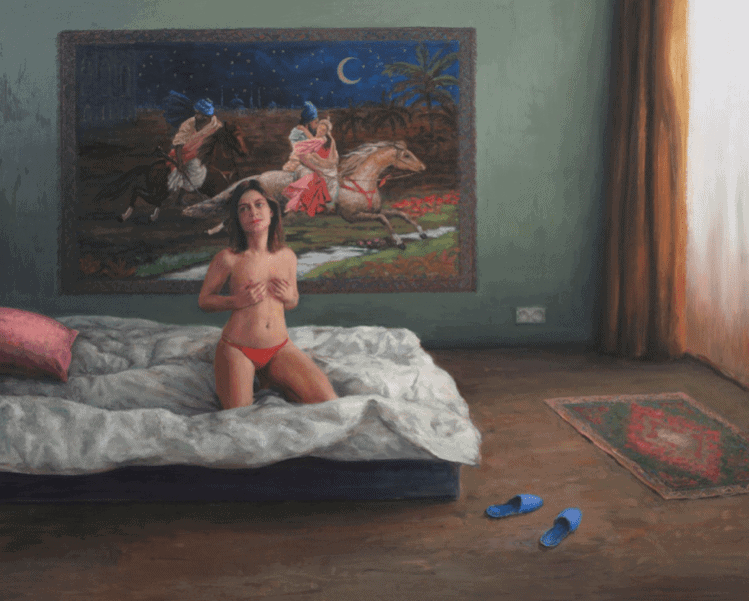
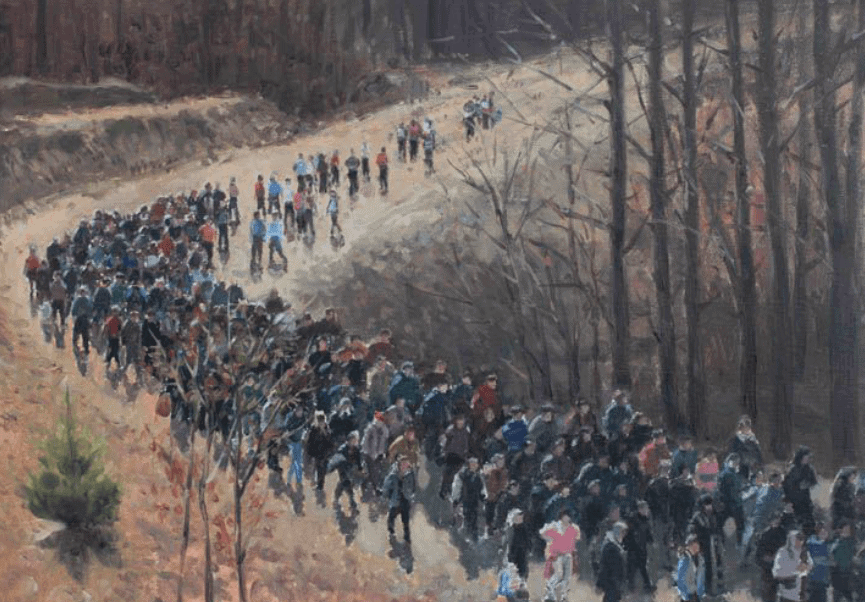
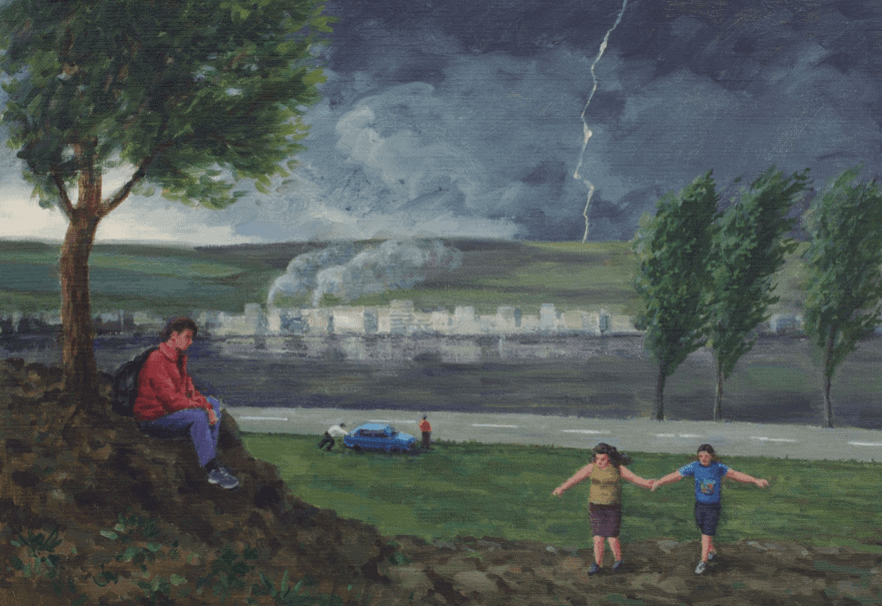
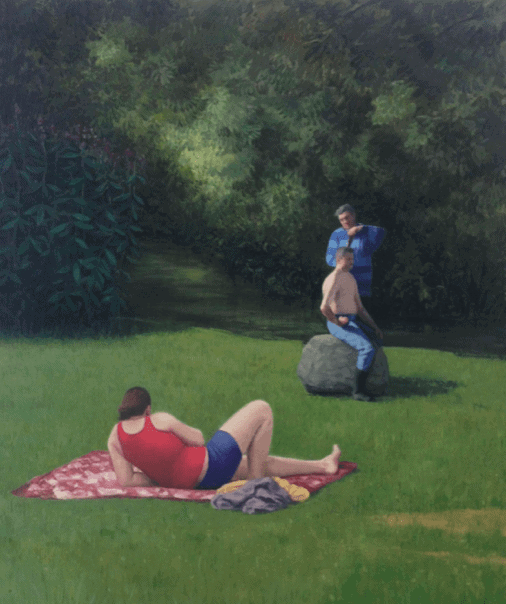
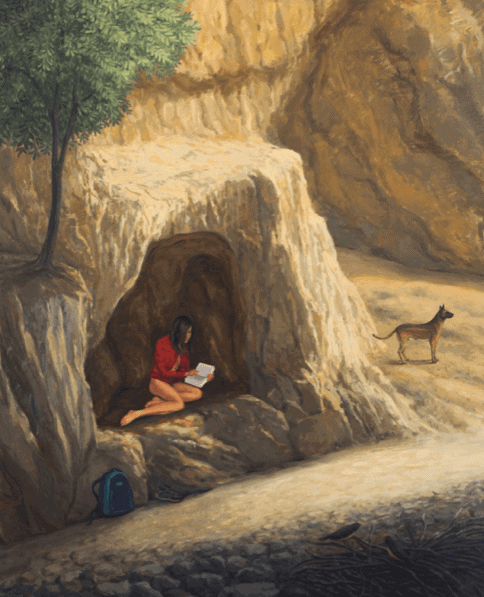
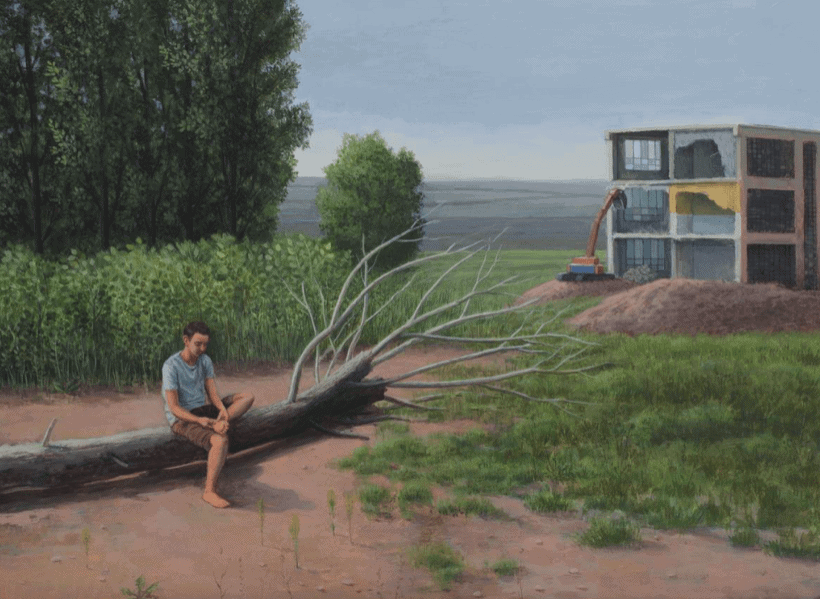
Notes:
[1] Nicodim Gallery, Serban Savu at http://www.nicodimgallery.com/artists/serban-savu consulted 12/01/2021.
[2] Bogdan Teodor Iacob, “The Cluj School of Painting: Main representatives of a contemporary art phenomenon” in Brukenthal. Acta Mvsei, XII.2 (2017): p. 441. Available at https://www.researchgate.net/publication/320536793_The_Cluj_schoolw_of_painting_Main_representatives_of_a_contemporary_art_phenomenon
[3] Galeria Plan B, Serban Savu at https://www.plan-b.ro/artist/serban-savu/ consulted 1/04/2021.
Last Updated on February 22, 2024

A Studio Visit During the La BIBI Residency
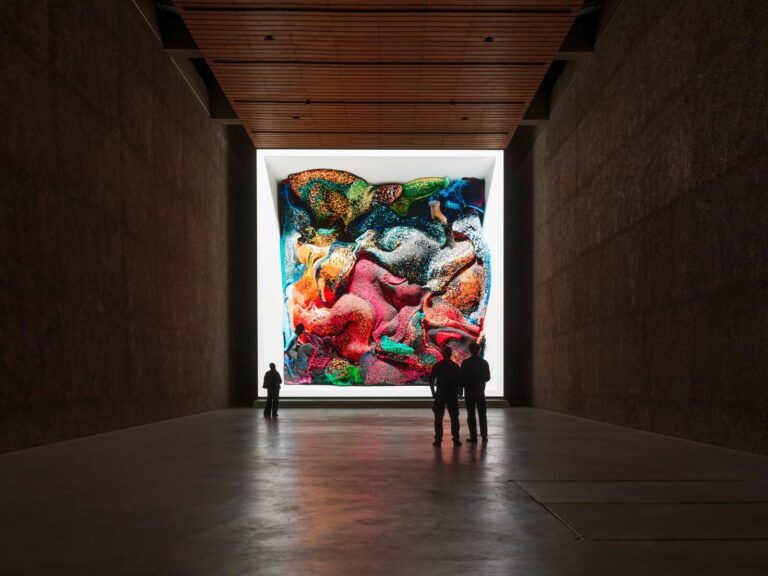
A Reasoned Anthology